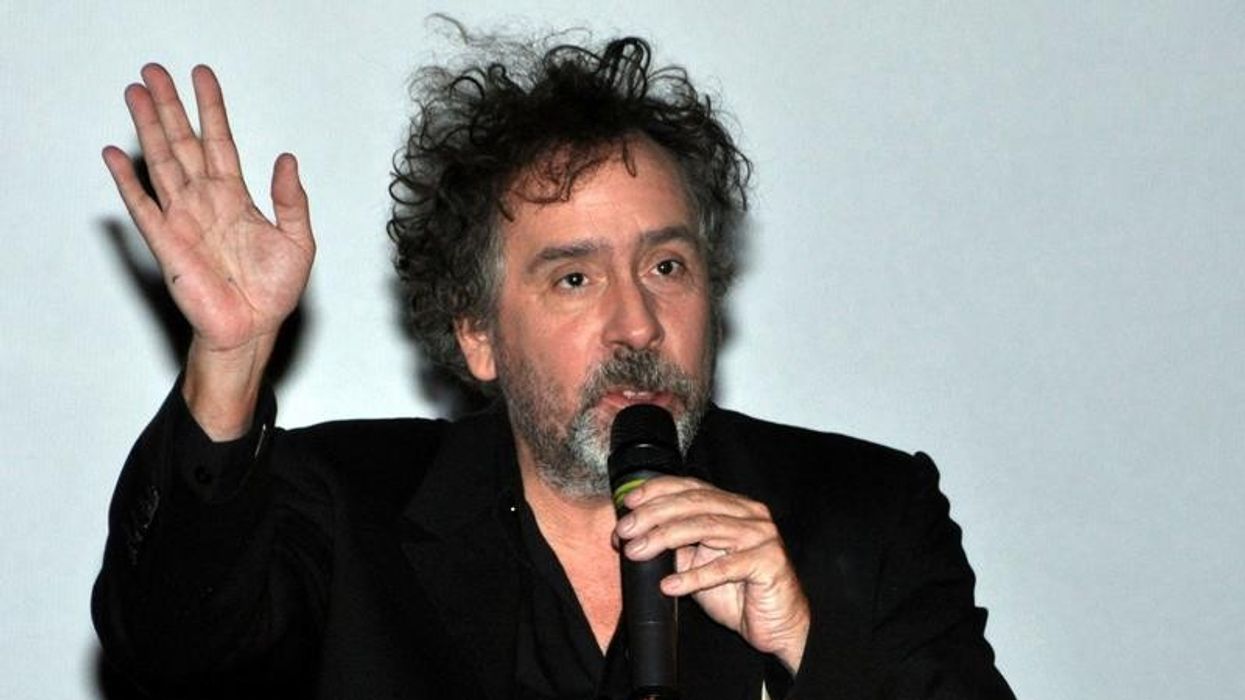The Physical Side of VFX: Neil Corbould Talks About His Hands-On Approach to 'Gravity'

As the story goes, director Alfonso Cuarón was told that his vision for Gravity couldn't be done. However, with the help of cinematographer Chivo Lubezki and the talented VFX team, Cuarón was able to go forth with his idea of creating a realistic weightless environment by utilizing LED light panels to project images and backgrounds (instigated by Lubezki), Bot & Dolly robots, as well as Sandra Bullock's 14-wire support rig (thanks to Corbould and his team). (This process, however, of using light panels isn't anything new -- the interviewer in the video below mentions how this projection method is used quite a bit in car commercials, but using them in film is kind of the next step in its evolution.)
The interesting thing about Gravity is its mixture of the physical and digital side of VFX -- a distinction Corbould makes pretty clear in the DP/30 interview below. He goes into great detail on how each of his and his team's processes worked -- the movement of the LED panels, which helped Lubezki change the lighting of each scene, the 5-person crew that assisted with Bullock's movements while she was in the support rig, and choreographing the movements of the actors, robotic cameras, and the light panels to make them meld together.
Corbould shares more insight about his work on the film, as well as his other experiences heading up the VFX for films such as Saving Private Ryan and Black Hawk Down. So, check out his DP/30 interview below.
What are your thoughts on the physical side of Gravity's VFX (not just the CGI)? Corbould talks about this a little bit at around the 20:30 mark, but could you see these processes gaining momentum and becoming something that more filmmakers will try to use in their future projects? How will they evolve and become easier as time goes on? Let us know what you think in the comments below.
[via DP/30 & Filmmaker IQ]











